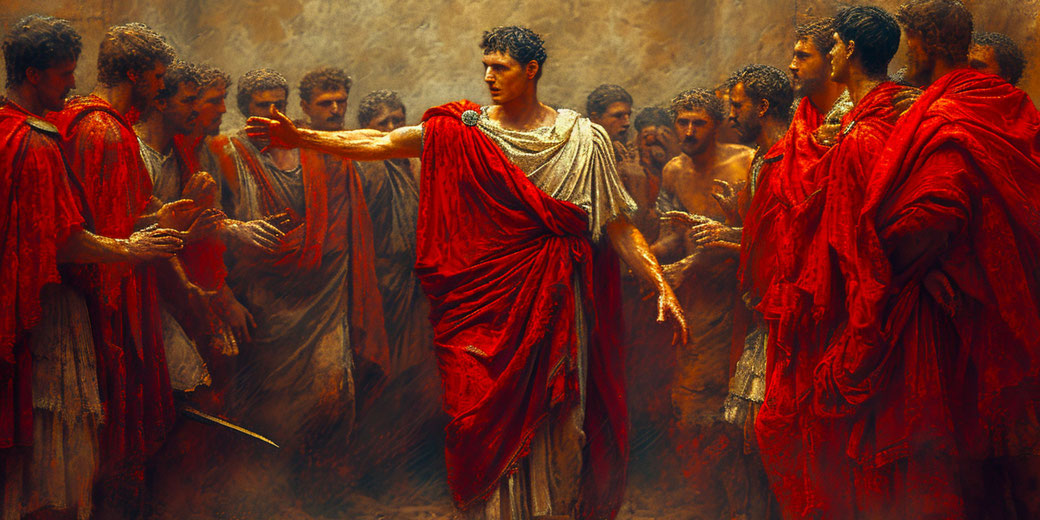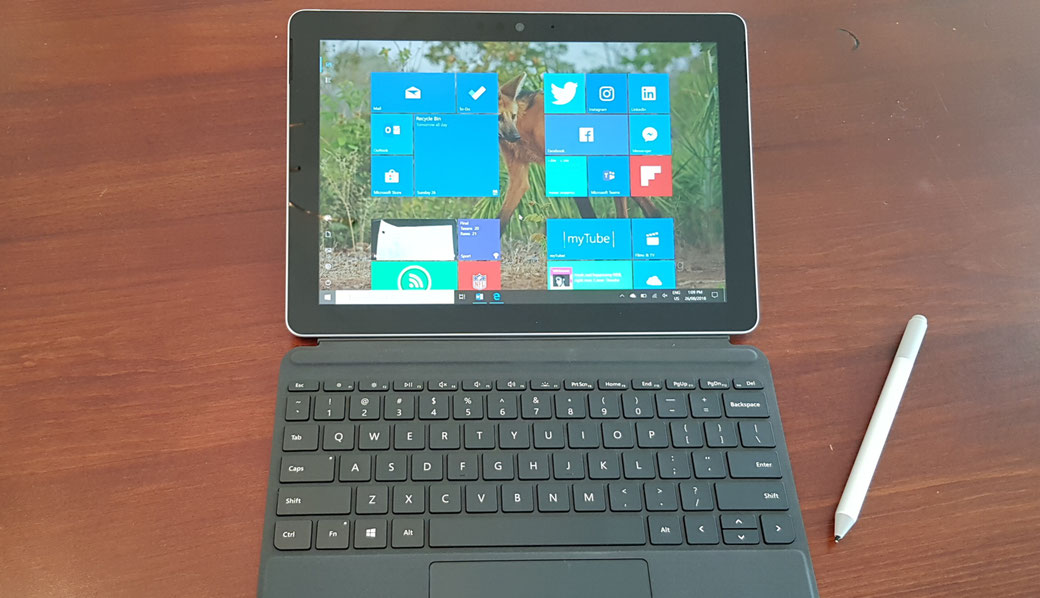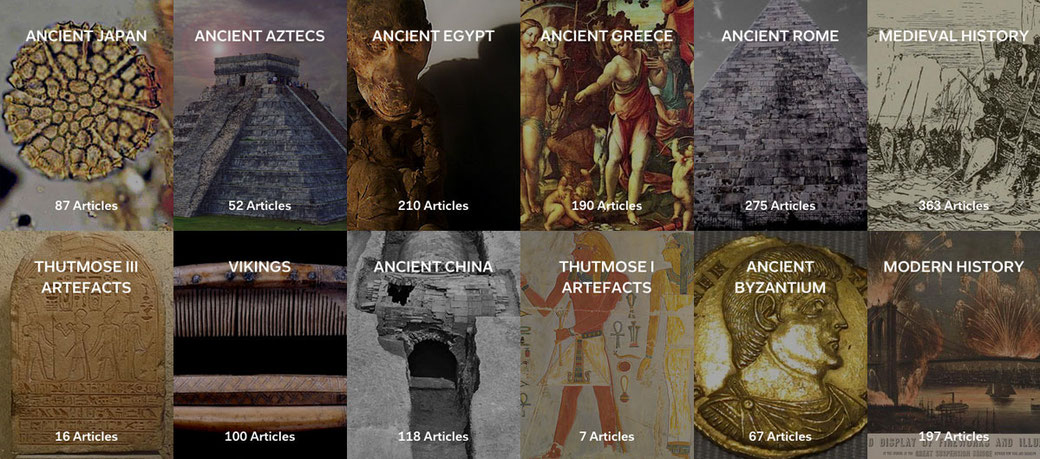History Skills Blog
How students can use AI for historical research without compromising academic integrity

What are historical thinking skills?

The dangerous problem with talking about a 'balance sheet of history’

Beyond essays and exams: Other assessment ideas for the History classroom

Primary or secondary sources: which are more reliable?

Why History teachers should (and should not) be worried about the rise of AI programs
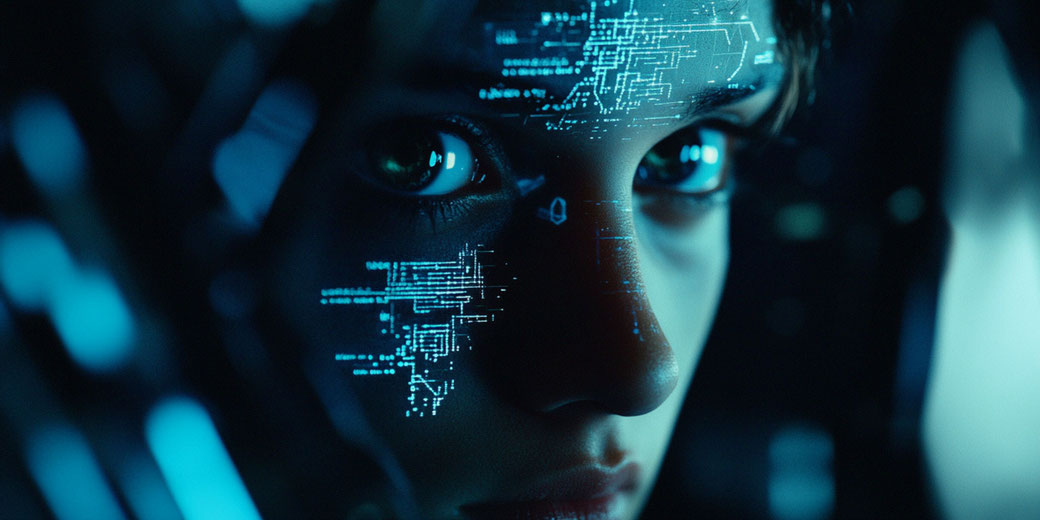
The dangers of ignoring the humanities: What happens when students don't choose them in high school

How have other cultures measured time?

AD/BC and CE/BCE are not the only ways to count years
7 tips to improve your academic writing

The difference between opinion and perspective

What is the difference between 'opinion' and 'perspective' in historical sources?
The difference between explicit and implicit information in sources
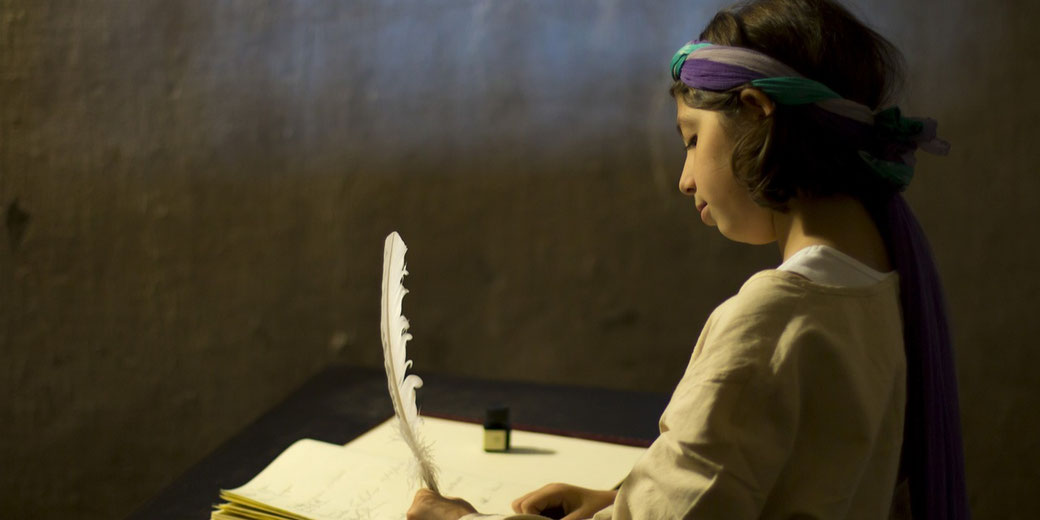
How to answer a “to what degree/extent” essay question

The problem of ‘perspective’ in the History classroom: we cannot seem to agree on what it means

Both students and teachers are confused about ‘perspective’
After one week of remote teaching, these are the things I’ve learned

I taught students to read hieroglyphs and they loved it
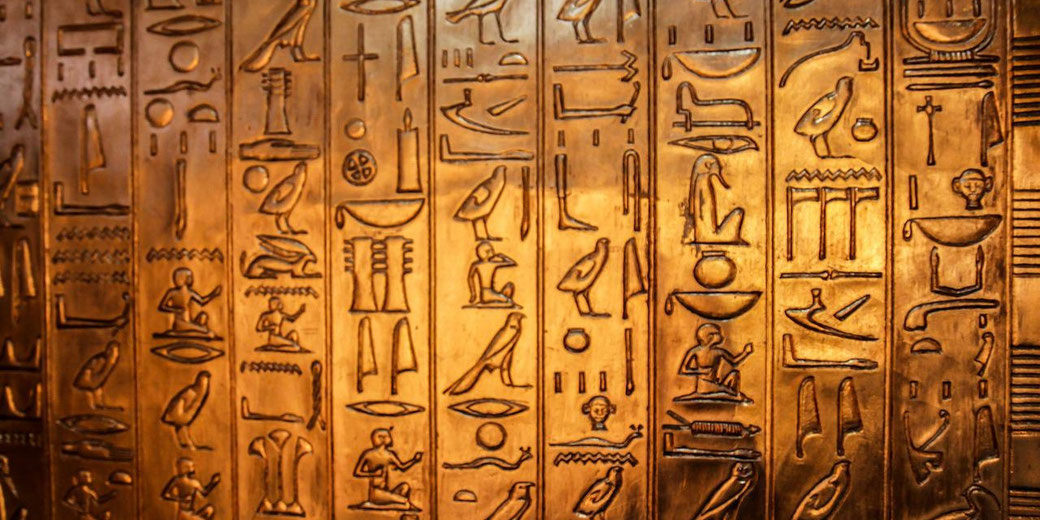
Teaching codebreaking, problem solving, and teamwork
Why don’t you start history research with a hypothesis?

A solution to student frustrations with history research tasks
Most History teachers struggle to teach centuries correctly

Most History teachers struggle to teach centuries correctly and we must work together to fix it
It has never been easier, nor more important, to study history than right now
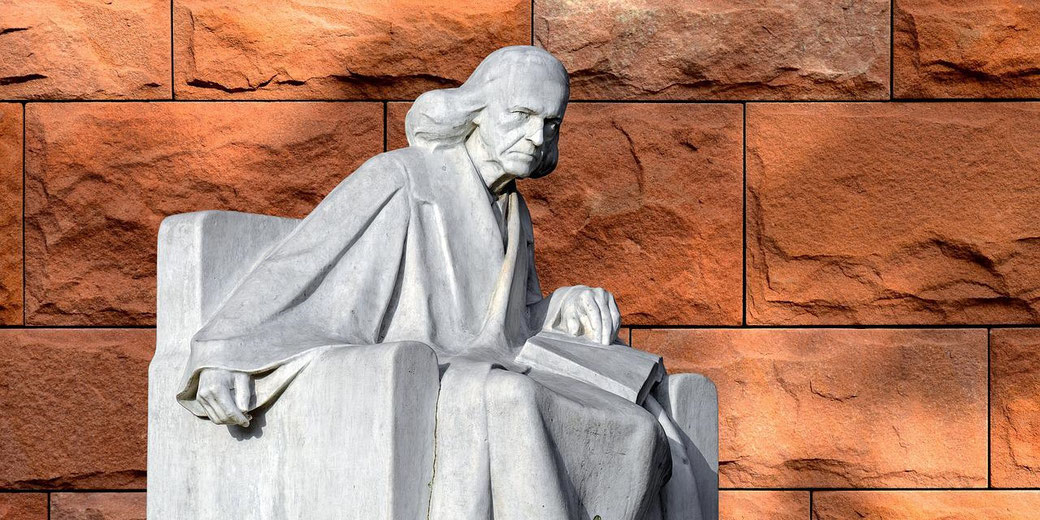
What's the Difference Between Perspective and Bias?

No Pens, No Paper, No Problems: The Fully Digitised Classroom

A Guide to Teaching Essay Structure
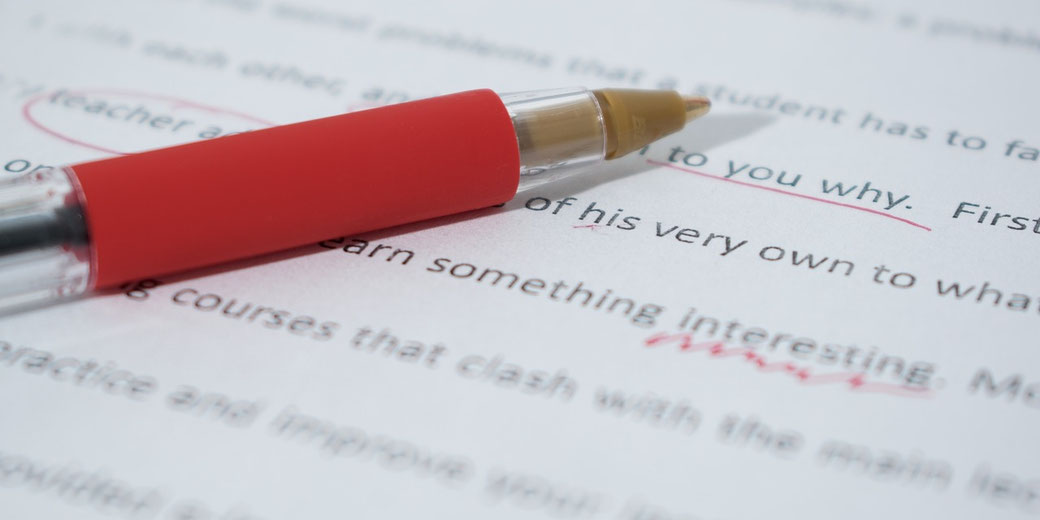
Prevent students from 'telling a story' in their essays by helping them understand how arguments work
The Best Advice I Received as a New Teacher
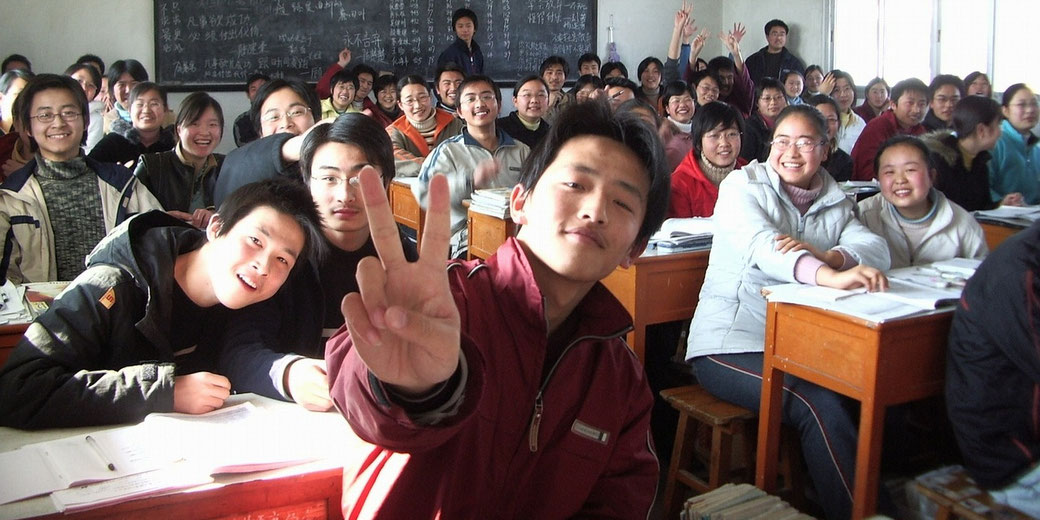
Awesome Free Windows Apps for Every Educator

Over this time, I have collected a list of awesome apps which I use on a regular, almost daily, basis. Each of them has helped to streamline my teaching and has opened up new ways to engage students with my lessons.
If you’re looking at digitising your own classroom, I hope that these help you as well.
What’s the Difference Between Source Analysis and Evaluation?

When using historical sources in class, both teachers and students know that they need to ‘analyse and evaluate’ them.
But what do these two words mean? What is the difference between ‘analysis’ and ‘evaluation’?
A Day in the Life of a History Teacher
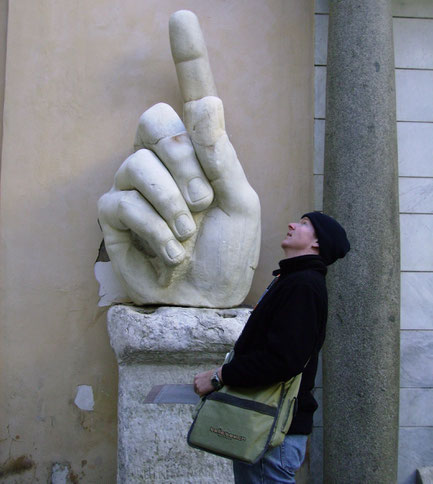
As a History teacher, I believe I have one of the best jobs in the world. Every day I get to share my passion for the past with hundreds of students and I never grow tired of seeing people become fascinated with all of the crazy and impressive things that humans have done over thousands of years.
Why Bother Studying History?
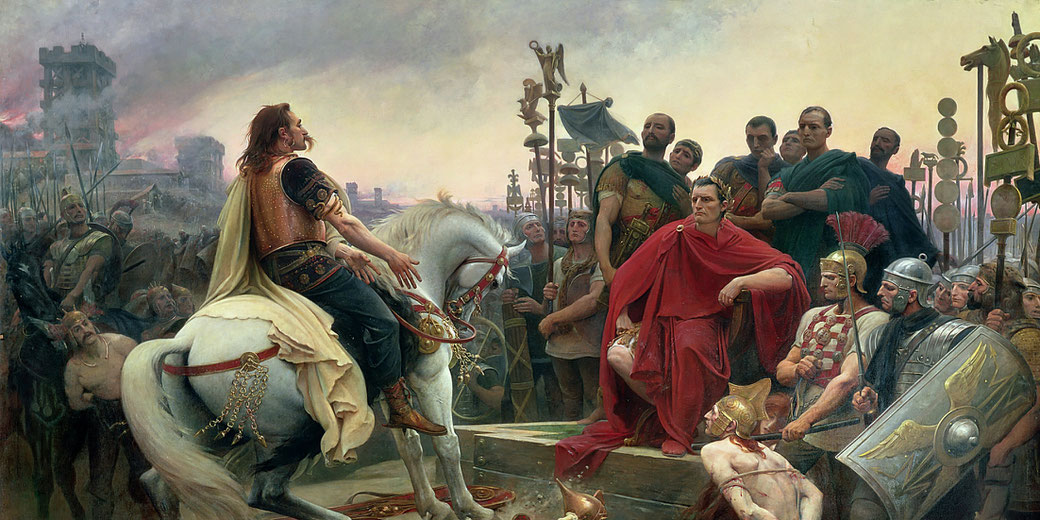
Constructive (Source) Criticism
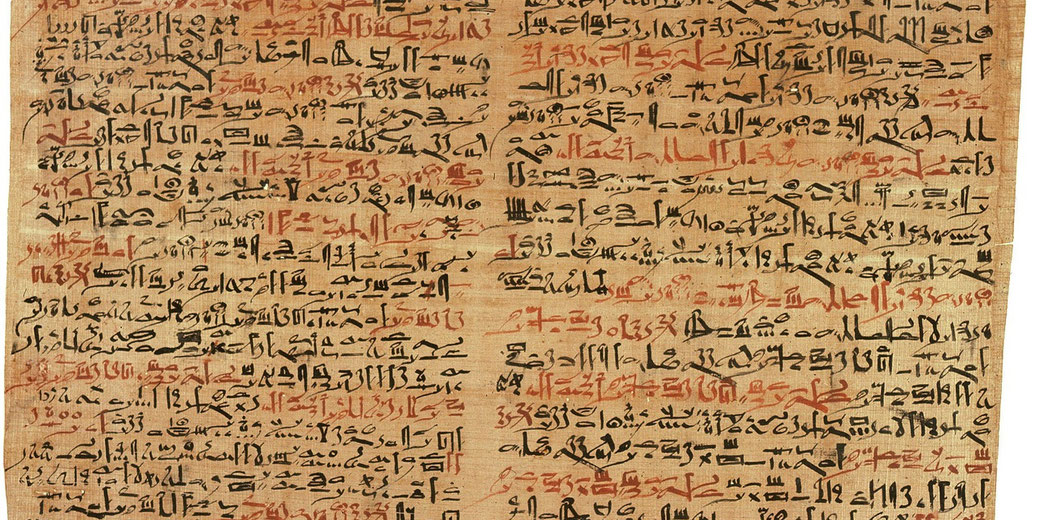
Do you feel like you should be doing more source criticism in your History lessons but not sure how? It can be surprisingly simple to do!
Letting Students ‘Choose Their Own Lesson’

What if you gave students the choice of how to learn? What if you gave them options for how to complete a lesson?
Microsoft Surface Vs Apple iPad in High School Classrooms
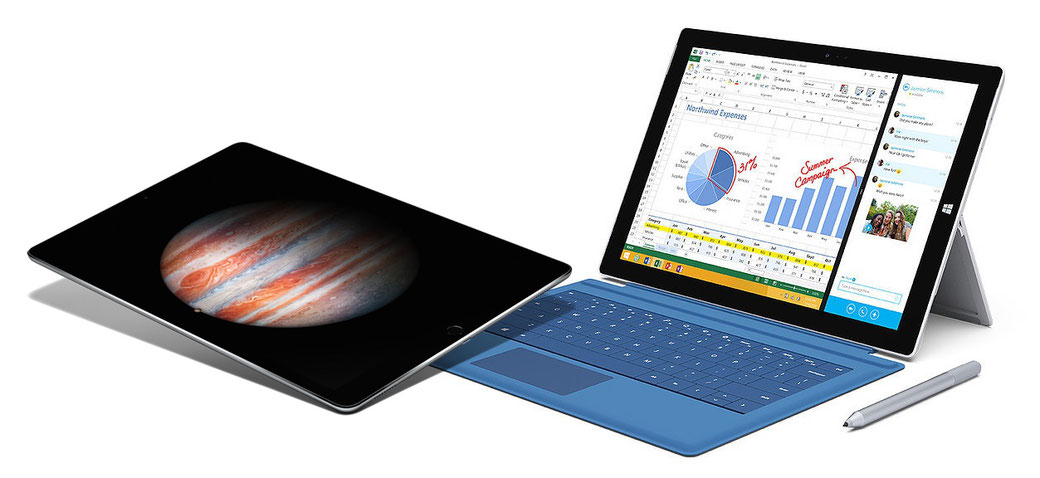
What do you need help with?
Download ready-to-use digital learning resources
Copyright © History Skills 2014-2025.
Contact via email
With the exception of links to external sites, some historical sources and extracts from specific publications, all content on this website is copyrighted by History Skills. This content may not be copied, republished or redistributed without written permission from the website creator. Please use the Contact page to obtain relevant permission.

